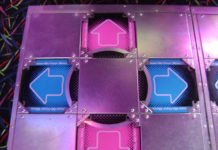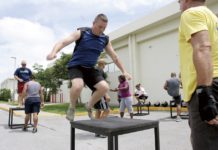The passion for running knows no language boundaries and cultural differences, so you can always meet your soul mate wherever you are in the world. Running takes pride of place among sports that combine pleasure with health benefits. Any relatively healthy person can do jogging, you don't need expensive equipment or an expensive fitness center membership, you just need a pair of sneakers, and you're ready to go.
Sports shoes also need to be chosen not at random, we will try to help you and tell you about the correct selection of shoes for running when using a treadmill.

Content
About running shoes
Running shoes are designed with lasts that simulate a person's foot.
One of the most popular misconceptions is that the lighter the shoe, the more economical you run.
The pads come in a variety of sizes with different arch curves, allowing for a shoe that is tailored to fit different runners' feet.
Many runners choose their shoes the wrong way because they don't know what type of foot they have. If an athlete or just a runner with insufficient pronation trains in footwear that provides stability, then we can say that he will expect pain in the lower leg, Achilles tendon tendonitis, and iliotibial tract syndrome. If an over-pronated runner trains in shoes that only provide cushioning, stress microcracks in the bones of the foot, tibia and medial knee await him.
In most cases, a qualified running shoe store clerk will be able to assess the biomechanical properties of the foot using a treadmill and video camera and suggest several shoe styles that will theoretically avoid injury and ensure a pleasant run.
Sometimes it can be difficult to assess the type of foot because there may be movement that is invisible to the naked eye. In this case, slow motion will help, which will allow you to consider the movements of the foot more carefully. But these cases are rare, and among amateur runners who don't run fast and a little, they usually don't. In addition, remember that the biomechanics of the foot can change over time. A problem from the past may disappear and another problem will take its place.
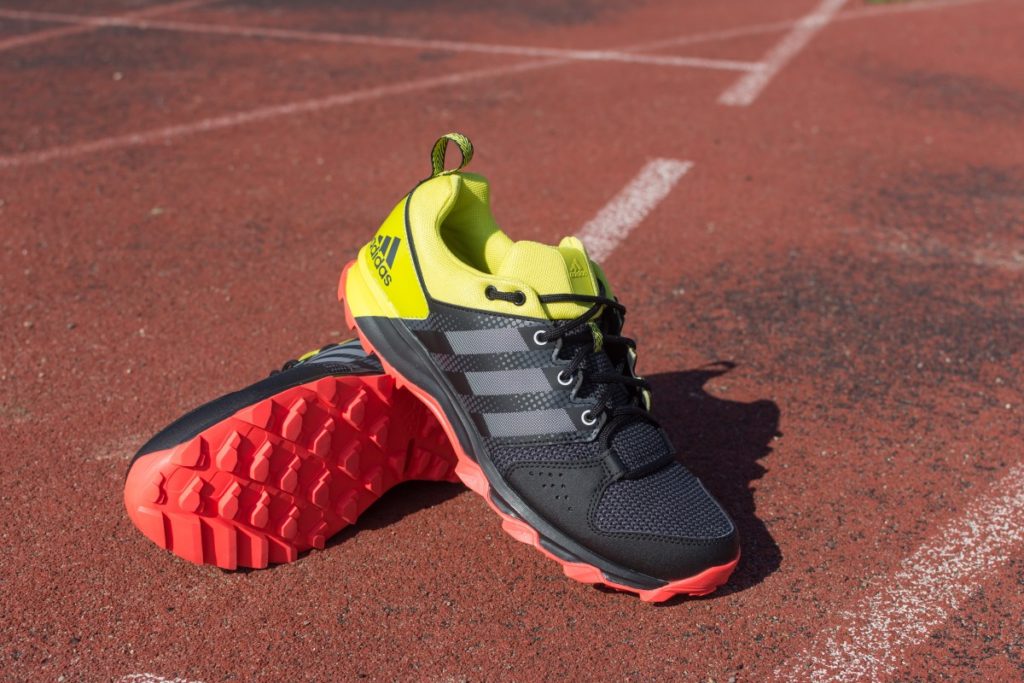
Running shoe details
Let's take a look at the details that make up athletic shoes and the impact they can have on an athlete. The ultimate goal of the consumer is always the same - to choose the right running shoes based on biomechanical characteristics and foot size. And do not forget that a high price does not always guarantee a successful purchase. The choice of shoes for running should be based on your foot type, its shape and biomechanical characteristics.
Top of sneakers
The upper of a sneaker is the material that covers the toe and sides of the shoe. It can be made from several pieces of fabric (stitched or glued), or from one piece of continuous seamless material.Today, all running shoes are made from synthetic materials based on nylon, which allows the foot to breathe, provides comfort and reduces the weight of the shoe. Leather is no longer used because it does not "breathe", loses its shape over time, weighs more and costs more.
The front of the top is called the toe. The toe follows the shape of the shoe (the shape of the shoe), but its style is also determined by the shoe designer in accordance with the consumer's requirements. In many models of recent years, the toe is wider and deeper. They can be worn by people with large feet, which became more among joggers when, at the second peak of the "running boom", people with a large physical constitution began to engage in this sport.
The mid-upper is equipped with a lacing system, usually symmetrical, which allows the shoe to be precisely fitted to the foot. Manufacturing companies sometimes introduce an asymmetrical lacing system, which is said to improve the fit of the shoe to the foot and eliminate calluses.
The design of the upper determines how it covers the foot. This factor is of great importance, since if the shoe does not fit the foot, the biomechanical requirements are not met. Only when the shoe fits perfectly will its functional properties (stability, motion control, shock absorption) manifest as the manufacturer intended. For example, if the upper is too loose in the midfoot, then excessive pronation will occur despite the presence of medial support. The wrong choice of footwear reduces the effectiveness of the stability-providing technological elements, the task of which is to limit pronation. But injuries can happen even if the runner is wearing shoes that match his foot type.
There is a general rule of thumb: if sports shoes do not fit your foot, they should not be purchased, even if the biomechanical properties of the shoe are appropriate for your foot type.
For a moderately over-pronated runner, for example, perfectly fitting cushioned shoes will provide more stability than those designed specifically for stability but too spacious.
In addition to conforming to the shape of the foot, there are also requirements for the heel counter. Solid heel counter provides heel support as you run. The details of the heel are hard plastic elements that stabilize the rear of the foot and help it to pass all phases of the stride: heel strike, support phase of the midfoot (excluding excessive pronation), supination of the forefoot (roll on the toe) and toe lift off the ground.
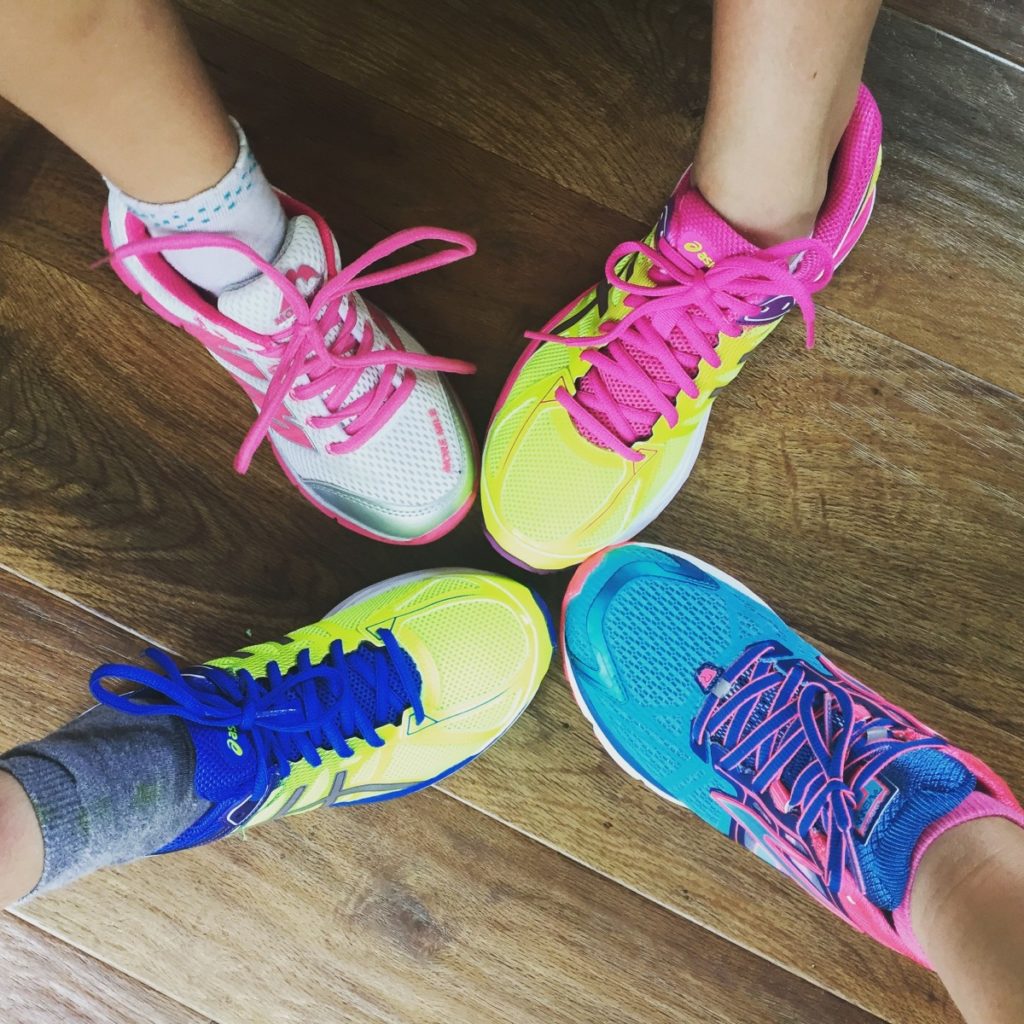
Sole
The outsole of the running shoe is made from EVA or rubberised EVA. This material is used to stabilize the foot and absorb shock while running. EVA was created as a substitute for polyurethane, which was denser and heavier. EVA is blended with other cushioning materials, including air and gel, and is shaped into reliefs such as waves, ridges, jibs, etc. to minimize the shock generated during ground contact.
The main challenge in outsole technology is the creation of a material that has good shock absorption properties, while at the same time wear resistance that allows you to withstand pressure, which, in fact, limits the life of a running shoe. On average, they should be designed for 500-800 kilometers.
Most athletes look at the condition of the sole of their running shoes to determine if it's time to change. Unfortunately, when the soles of running shoes wear out enough to show significant wear and tear, it means they haven't been providing the cushioning they need for a long time. The outsole is also part of the shoe, featuring various stabilizing elements to prevent pronation.
Sometimes sneakers are made with an element that supports the toe (to prevent pronation of the toe), but this design method is considered unconventional.
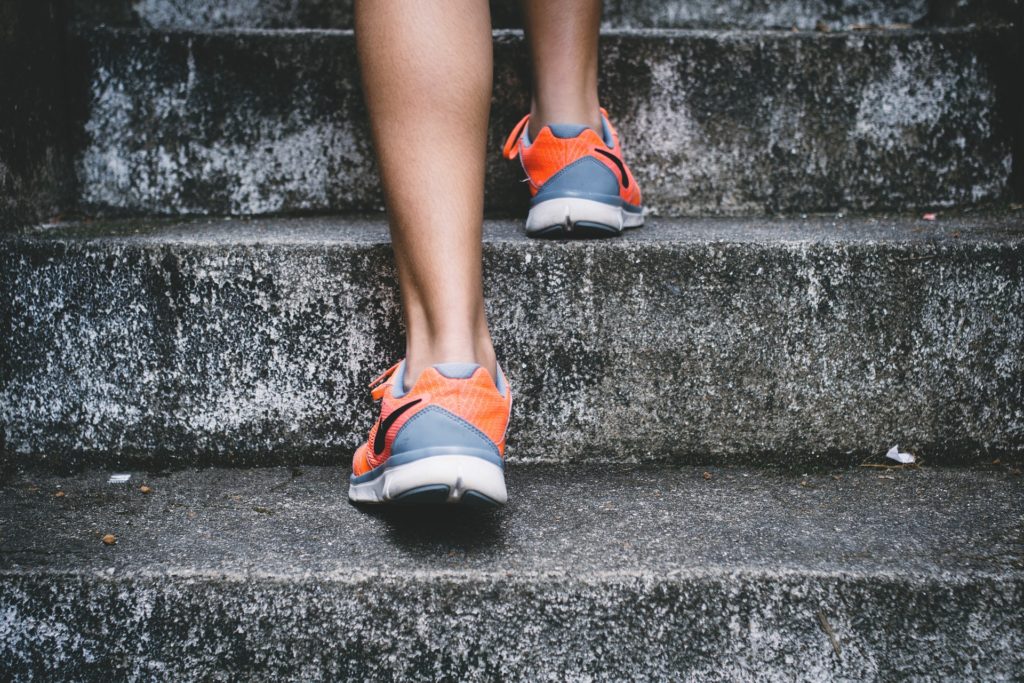
Outsole
The outsole is the part of the shoe that directly touches the running surface. It is made from composite materials that are durable, provide shock absorption and are flexible enough. Typically, manufacturers place the most durable carbon rubber on the literal side of the heel, as most runners have their foot contact with the ground in this area. But despite the increased durability of carbon rubber, most runners will soon show signs of wear on this part of the shoe. This is considered normal, and in this case it is impossible to talk about over or under pronation. It only means that the runner is in contact with the surface with the heel.
Pay attention to the mileage of your sneaker, and after it reaches approximately 500 kilometers, change your shoes when you start to experience pain or discomfort in the leg area that was not noted before.
Usually, if a shoe is chosen incorrectly and does not match the runner's biomechanics, weight, flexibility and foot shape (these factors determine the choice of the best option), discomfort or injury will occur within about 160 kilometers of running.
Insoles and orthopedic tabs
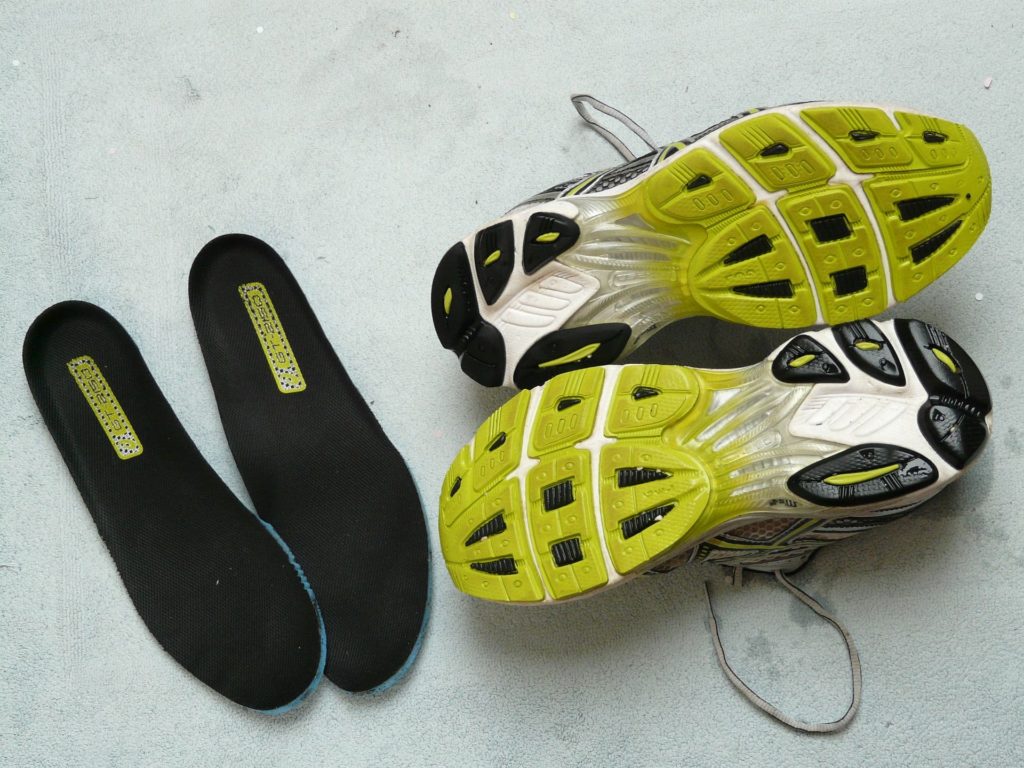 Every jogger needs a running shoe to avoid injury. Store-bought sneakers will not always be perfect, as each runner's foot has its own characteristics. Achieving the option when the sneakers fit perfectly is possible when making custom-made insoles and orthopedic inlays.
Every jogger needs a running shoe to avoid injury. Store-bought sneakers will not always be perfect, as each runner's foot has its own characteristics. Achieving the option when the sneakers fit perfectly is possible when making custom-made insoles and orthopedic inlays.
Each pair of sneakers is manufactured with embedded insoles. They are made from EVA or materials that include EVA. This improves the cushioning properties and improves comfort, as well as a fit of the shoe to the foot. But otherwise they are practically useless. They can be removed and replaced with softer ones that provide more stability and conform to the shape of the foot.
The true value of quality insoles lies in the fact that they allow you to fit your running shoe exactly to your foot. Therefore, inexpensive sneakers, but with high quality insoles, will fit better than more expensive ones without an insole. In addition, the insoles not only allow you to better fit the shoe to the foot, but also help to correct defects in biomechanics. They compensate for pronation factors or increase the angle of the arch of the foot, helping to prevent plantar fasciitis. These insoles are very effective, but they are not suitable for every runner. Many athletes can do without insoles, as they do not have serious biomechanical problems that can worsen with training. But for those who run a lot, exercise intensely, or have chronic injuries, insoles are very important.
The orthopedic inlay allows you to correct anatomical or biomechanical anomaly. In theory, the inlay changes the area of the foot that is stressed by contact with the treadmill, which in turn eliminates imbalances and various weaknesses through a kinetic chain of events triggered by running. The orthopedic inlay is selected exclusively by an orthopedic specialist.
Hard orthopedic inlays are made of thermoplastic and filled with cushioning material. They are nested medially (no more than 4 degrees) to help position the foot in a neutral position. The orthopedic inlays are covered with a thin layer of synthetic material. The padded inlays are designed to support the runner's arch with a high, rigid arch than to medially stabilize the pronation.
Typically, the running inlay is the full length of the foot and is inserted into a running shoe instead of an insole. It is not uncommon, however, that inlays are made for a third of the full length of the foot.Since the problems associated with movement of the rear of the foot can be successfully solved with inlays three-quarters of the length of the foot, logic dictates that it is precisely such an orthopedic element with a lower weight that should be used.
Matching padding and running shoes is both an art and a science. When fitted with rigid, corrective orthopedic inlays, matching neutral cushioning running shoes can provide protection against over-pronation injury. If, however, the rigid corrective inlays require a shoe that provides stability, then it is important not to create excessive support for the arch of the foot.
The effectiveness of any running shoe and orthopedic inlays depends not only on conformity to the type of biomechanics of the foot, but also on conformity to the size and shape of the foot. A well-designed shoe can be unsuitable if it doesn't fit your foot. When purchasing athletic shoes, make sure they are not long, short, tight, or too loose. Try on new sneakers right away with an orthopedic insert to determine if it fits the shoe. The main thing is to remember: if sneakers did not fit you when trying on in a store, they will not become more comfortable on a run.

Running on a treadmill
Each factory treadmill must be accompanied by instructions for its operation, which describes the necessary equipment for the lesson, namely the availability of special shoes. Running barefoot on a treadmill is not recommended for the following reasons:
- The risk of injury, since there is no fixation of the foot, and the shock load on the joints also increases;
- Sweat that is released during running and gets on the belt of the treadmill, thereby reducing its quality and technical characteristics;
- Skin (after running barefoot on the treadmill, abrasions, calluses, on the skin may appear).
When asked about the right choice of shoes for running on a treadmill, it is generally recommended to opt for running shoes that are designed for running on asphalt. Sneakers should be lightweight with a breathable mesh upper. This will keep your feet warm, avoid sweating, and your sneakers will not chafe. The outsole should be light tread, moderate cushioning, and good flexibility.
Best womens treadmill running shoes from renowned brands
It is very easy to find a model of sneakers from well-known manufacturers, just go to the websites of such major manufacturers as Nike, Addidas or Asics and use the filter they have on the selection of goods to choose sneakers for running. Of course, it is better if you purchase shoes directly from the store together with a specialist, but this is not always possible, especially since now almost all online stores have the opportunity to return the goods after trying on. As mentioned earlier, you need to choose lightweight, with a small tread, moderate cushioning and a breathable upper sneaker.
Nike Free RN 2018
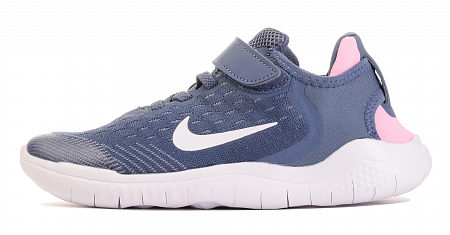
Nike has a huge number of running shoes in its arsenal, but we'll take a look at one of the more versatile ones.
Nike Free RN 2018 - Great for everyday sprinting, this shoe is considered one of the most versatile in the lineup. An innovative outsole with a redesigned design provides comfort that follows the natural movement of the foot. Plus, because the upper is made with spandex, this improves the dynamic fit. The upper of the sneaker is soft, lightweight, folds easily, and accordingly takes up little space and easily fits into a bag or backpack.
The outsole of the Nike Free RN 2018 is soft, lightweight, flexible, does not restrict foot movement and provides natural freedom of movement, it seems that the sneaker becomes an extension of the foot.
Advantages:
- Flywire cords are teamed with laces for extra pull support;
- Rounded heel for comfort and smooth foot movement;
- Outsole with textured foam sections in the forefoot and heel for traction;
- Offset: 8 mm;
- This model is presented in 11 colors, everyone will find a color to their liking.
Disadvantages:
- Reduced adhesion to the surface.
Asics STORME
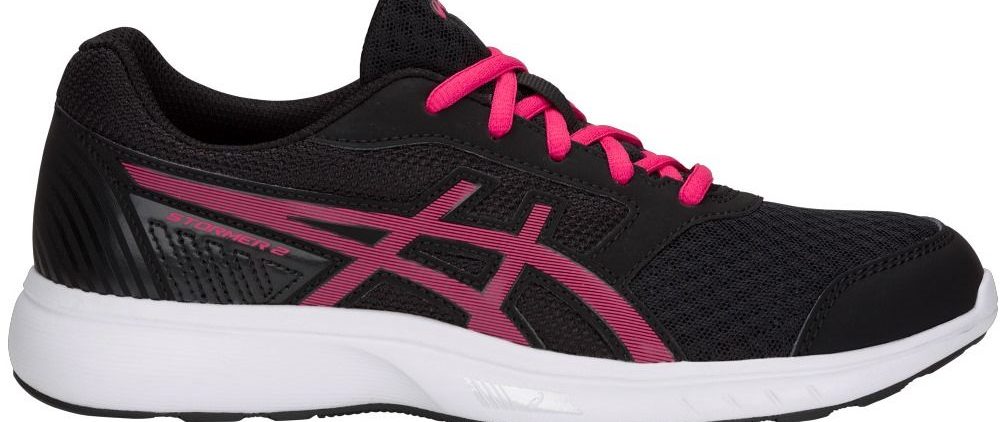
The Asics STORME is a versatile sneaker for rewarding workouts, both outdoors and in the gym. Thanks to the EVA midsole and insole, good cushioning is guaranteed.
Advantages:
- EVA midsole;
- Faux leather and mesh upper for excellent breathability;
- The inner insole can be replaced with an orthopedic one;
- Offset: 8 mm.
Disadvantages:
- Sneaker fit.
Adidas Ultraboost
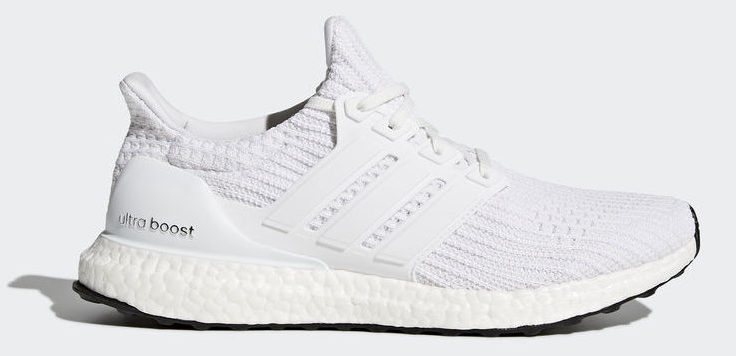
The Adidas Ultraboost is a versatile lightweight running shoe with optimal cushioning. The elastic knit upper adapts to changes in foot size as you run.
Advantages:
- Resilient midsole;
- Flexible outsole;
- Grippy outsole, provides good traction;
- Resistant to stomping.
Disadvantages:
- High price;
- Soiled material of the upper part of sneakers
Hoka ONE ONE
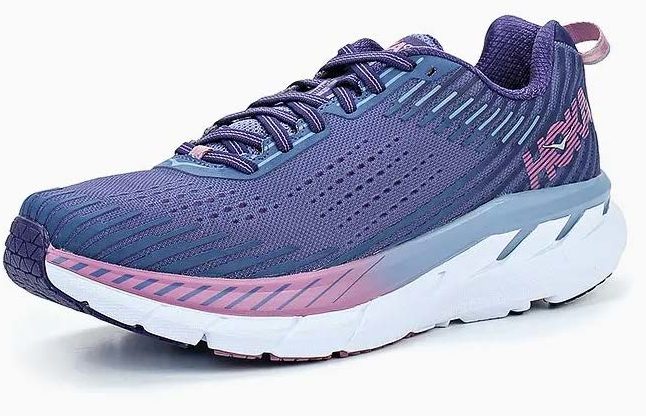
Hoka ONE ONE - sneakers from the French manufacturer are lightweight, soft and designed for running, both long distances and for everyday training in the gym.
Advantages:
- Over-pronation support;
- Smooth heel-to-toe transition for lightweight kick-off.
Disadvantages:
- High price.
Mizuno Synchro SL 2
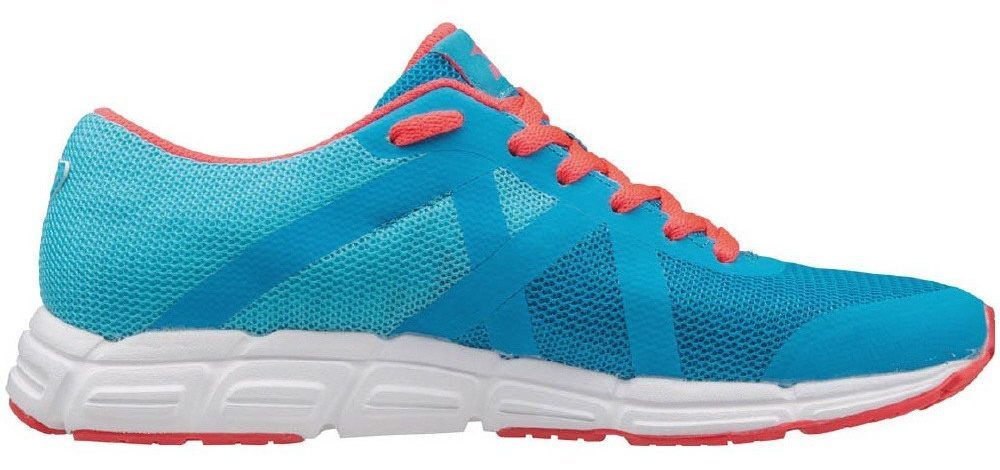
A lightweight shoe for treadmill workouts, daily walking and running. The following technologies are used in this model: AIRmesh, Removable INSOCK, X-10 System /.
Advantages:
- Minimalism;
- Soft sole;
- Weight less than 250 gr.;
- Good moisture removal;
- Secure fit of the sneaker to your foot.
Disadvantages:
- Weak sneaker mesh.
The presented models are some of the best women's running shoes for running on a treadmill, but only a professional sales assistant in a specialized store can pick up your pair of shoes.

